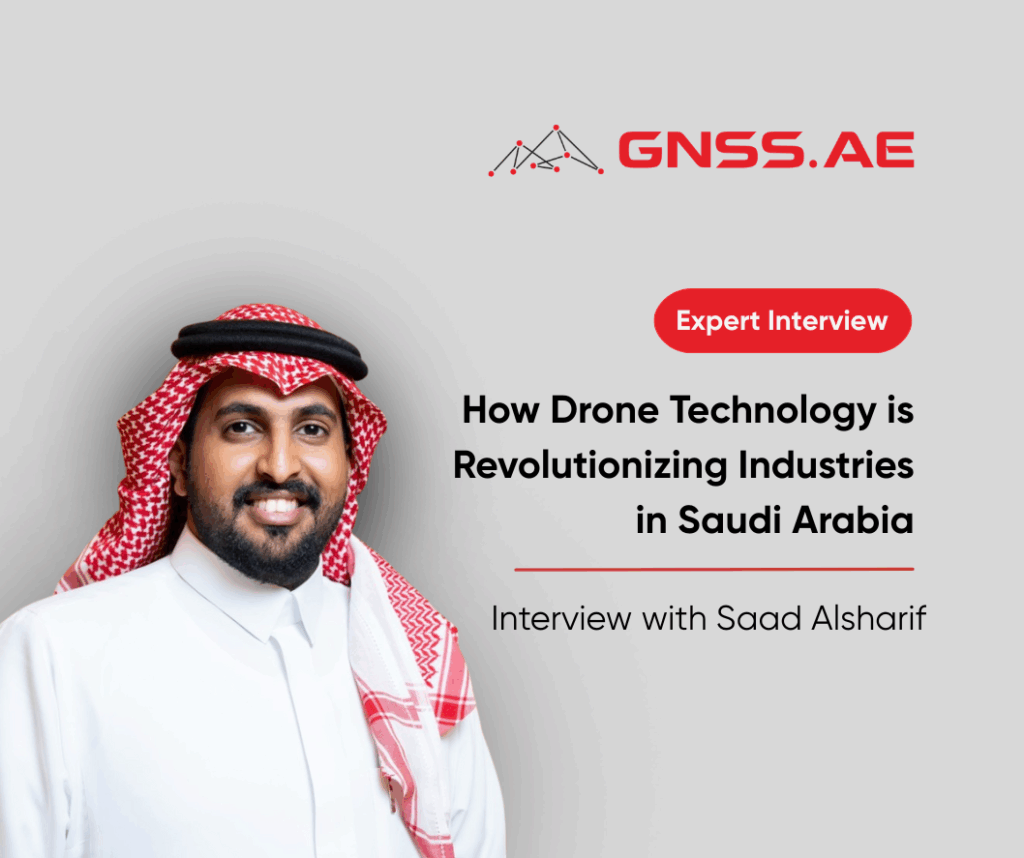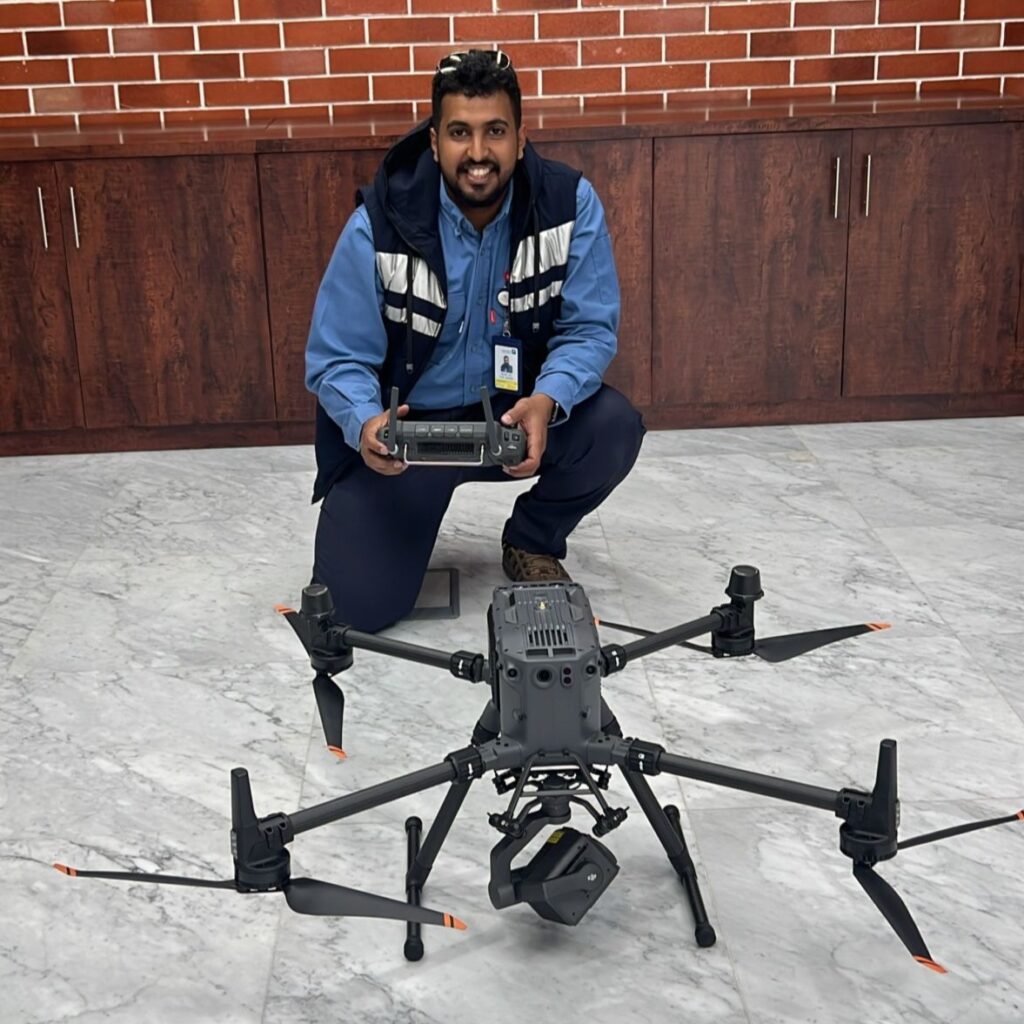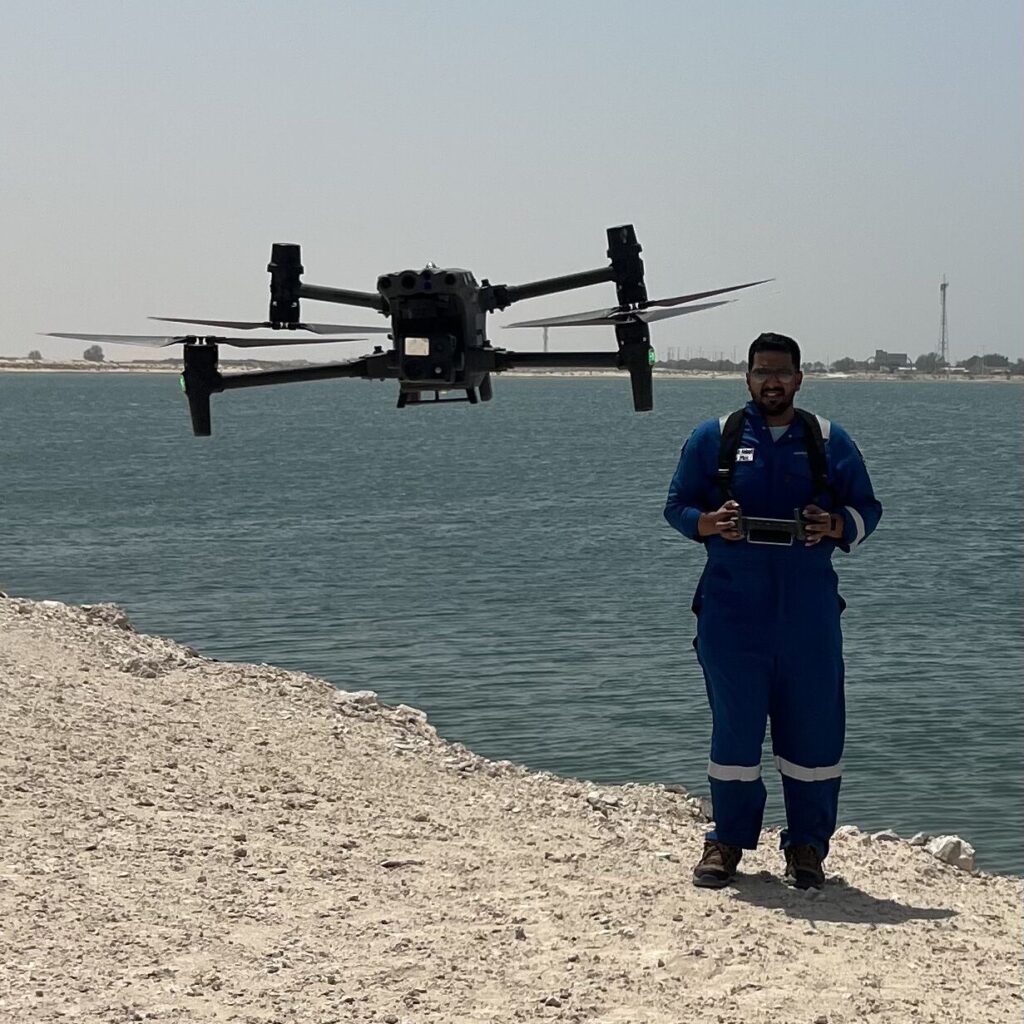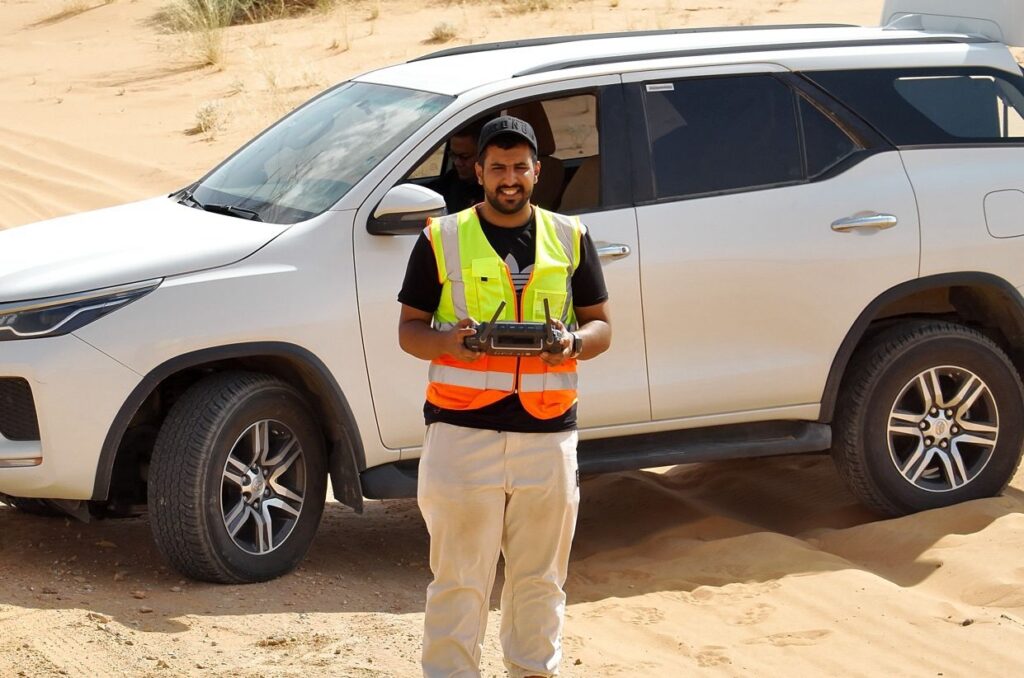
In the heart of Saudi Arabia’s rapidly modernizing landscape, drone technology is transforming the way industries operate—from infrastructure inspections to environmental monitoring. We spoke with Saad Alsharif, a Drone Pilot & Specialist based in Jeddah, Makkah, to learn how drones are reshaping workflows, improving efficiency, and driving innovation across multiple sectors.
Saad’s story began several years ago with a deep interest in merging engineering and cutting-edge technology to enhance field operations.
“I started using drones for aerial inspections and mapping,” he recalls. “Over time, this evolved into more advanced applications across multiple sectors.”
What began as an experimental tool for visual documentation has since become a cornerstone of modern data collection and analysis, enabling faster, safer and more accurate decision-making.

According to Saad, drone technology has revolutionized traditional workflows by reducing both time and risk.
“Tasks that once required days of manual labor and safety hazards can now be completed within hours,” he explains.
High-resolution sensors, LiDAR systems, and advanced imaging tools allow drone teams to capture detailed information with unmatched precision. Whether it’s for surveying, mapping, or inspection, drones now serve as vital instruments for optimizing operations and ensuring safety in the field.
The benefits are substantial: efficiency, cost-effectiveness, improved safety, and the ability to access difficult or dangerous environments. However, Saad acknowledges that challenges persist.
“We still face regulatory limitations, weather constraints, and the need for specialized expertise in data processing,” he notes.
These challenges highlight the importance of training, compliance, and continuous technological adaptation in professional drone operations.

Saad explains that every mission begins with careful planning and precision.
Each project starts by defining objectives, setting optimized flight paths, and ensuring compliance with local aviation standards.
“During data capture, we use high-resolution imaging and sensors. The collected data is then processed using advanced software to generate accurate 2D/3D models, digital twins, or analytical reports for clients.“
For Saad, the most inspiring part of working with drones lies in their fusion of engineering, AI, and automation.
“What excites me most is the growing potential for fully autonomous systems and AI-driven analytics,” he shares. “These technologies are transforming how industries manage assets and make informed decisions.”
This intersection of robotics and data science continues to redefine what’s possible in sectors ranging from energy and construction to agriculture and environmental science.

Saad’s experience spans a diverse range of projects, including power line inspections, construction monitoring, and environmental mapping.
The results speak for themselves: reduced inspection time, improved data accuracy, and enhanced safety for field personnel. By integrating drone data with GIS and analytical tools, organizations can gain a more dynamic understanding of their assets and environments.
When asked about the future, Saad envisions a world where drones, AI, and robotics operate seamlessly within an integrated ecosystem.
“The next phase of drone evolution lies in automation and intelligent data ecosystems,” he explains.
He sees growing opportunities in AI-based analytics, offshore inspections, and sustainability monitoring, as drones become even more autonomous, connected, and intelligent.
From early experimentation to cutting-edge AI integration, Saad Alsharif’s journey mirrors the rapid evolution of drone technology in the region. His work demonstrates how innovation, precision, and automation are not only transforming operations but also laying the foundation for a smarter, safer, and more efficient future.